Every time you walk through the grocery aisles, you trust that what you grab is safe to eat. Yet behind those glossy labels and neatly stacked shelves, a quiet storm of recalls is unfolding, yanking products off store floors for reasons you might never suspect. From invisible toxins lurking in peanut butter to industrial dyes hiding in spices, America’s food supply faces threats that go far beyond “use by” dates. So what’s really causing these recalls? We’ve dug into the FDA’s latest data and industry reports to reveal the 12 biggest—and often shocking—reasons your groceries are getting pulled fast.
1. Undeclared Allergens: The Invisible Threat
Allergens missing from food labels represent the number one cause of recalls in America. When manufacturers fail to disclose ingredients like milk, peanuts, or eggs, people with allergies face life-threatening reactions from foods they thought were safe.
Cross-contamination during production often occurs when equipment isn’t properly cleaned between different product runs. Even trace amounts can trigger severe reactions in sensitive individuals.
The FDA has strengthened requirements for allergen labeling, but the problem persists as companies juggle multiple product formulations and ingredient suppliers. For allergic consumers, these oversight failures can mean the difference between a normal meal and an emergency room visit.
2. Labeling Errors: When Words Matter
Mislabeled products account for nearly half of all food recalls, with most linked to missing allergen information. These seemingly small mistakes happen when packaging doesn’t match what’s inside or when ingredient changes aren’t updated on labels.
Modern food production involves complex supply chains where ingredients change frequently. Companies sometimes use incorrect packaging or outdated label templates, creating dangerous situations for consumers with specific dietary needs.
Beyond allergens, labeling errors can include incorrect cooking instructions, expiration dates, or nutritional information. While these might seem like minor oversights, they represent significant regulatory violations that can lead to consumer illness or injury.
3. Listeria: The Cold-Loving Killer
Listeria monocytogenes stands out as a particularly dangerous food contaminant because it can grow even in refrigerated foods. The bacteria has caused devastating outbreaks in recent years, including a major recall of deli meats and cheeses that resulted in multiple deaths and dozens of hospitalizations.
Ready-to-eat foods face the highest risk because they don’t undergo additional cooking that would kill the pathogen. Pregnant women, older adults, and people with weakened immune systems face the greatest danger from listeria infection.
Food processing facilities struggle to eliminate this persistent bacterium, which can form biofilms on equipment and survive regular cleaning procedures. Once established, listeria can contaminate products for months or even years before detection.
4. Salmonella: The Produce Invader
Salmonella contamination has surged by 41% compared to previous years, turning seemingly healthy foods into illness vectors. This bacteria frequently hitches a ride on fresh produce like cucumbers and leafy greens, often introduced through contaminated irrigation water or improper handling.
Farm animals can spread salmonella when their waste contaminates nearby growing fields. Even eggs, a known risk factor, continue to cause outbreaks despite improved safety measures.
The bacteria’s ability to survive on dry surfaces makes it particularly troublesome in food processing environments. When detection systems fail, contaminated products can reach store shelves nationwide, leading to widespread illness clusters and massive recalls affecting millions of pounds of food.
5. E. coli: Fast Food’s Unwanted Ingredient
Remember the McDonald’s onion scare? E. coli contamination in those tiny slivered toppings sickened over 100 people and claimed a life. This dangerous bacterium typically originates from animal waste that somehow contacts our food supply.
Fresh produce remains especially vulnerable because it’s often eaten raw. Fields irrigated with contaminated water or fertilized with improperly treated manure can harbor these deadly bacteria.
The challenge with E. coli lies in its incredibly low infectious dose – just a few organisms can cause severe illness. Modern food distribution networks can quickly spread contaminated products across multiple states before anyone realizes there’s a problem, making outbreaks particularly difficult to contain and trace.
6. Foreign Materials: Unwanted Crunch
Finding metal fragments in frozen carrots or plastic pieces in prepared meals represents a growing recall category that’s entirely preventable. These dangerous intrusions typically occur when processing equipment breaks down or wears out during production.
Metal detectors and X-ray machines should catch these contaminants, but system failures happen. Sometimes the foreign objects come from unexpected sources – like ceiling materials falling into food or employee items accidentally entering production lines.
Beyond the obvious choking hazards, these materials can cause dental damage, internal injuries, and psychological distress. Companies typically discover these problems through consumer complaints rather than quality control systems, meaning many people may be exposed before a recall begins.
7. Lead Contamination: Hidden Poison
Lead showing up in cinnamon made headlines recently, but this toxic metal contaminates more foods than most realize. Imported spices frequently contain lead, either from environmental contamination or intentional adulteration to enhance color or weight.
Children face particular danger from lead exposure because their developing brains are especially vulnerable. Even low levels can cause permanent neurological damage and developmental delays.
Food companies rarely test for heavy metals in their ingredients, assuming suppliers have done their due diligence. This gap in quality control allows contaminated products to reach consumers for months before problems are identified. Regular testing for heavy metals remains voluntary in many food categories, leaving significant safety gaps.
8. Campylobacter: Raw Milk’s Dangerous Passenger
Raw milk enthusiasts claim health benefits, but unpasteurized dairy products frequently harbor Campylobacter bacteria. This pathogen causes intense gastrointestinal illness that can lead to serious complications, including a form of paralysis called Guillain-Barré syndrome.
The bacteria naturally occurs in cow intestines without making the animals sick. During milking, even small lapses in hygiene can introduce the pathogen into the milk.
Despite the known risks, raw milk advocates continue pushing for broader sales access. Health departments regularly issue recalls and warnings about these products, especially from small-scale producers who may lack sophisticated testing capabilities. The bacteria’s low infectious dose means even carefully produced raw milk can cause illness.
9. Norovirus: The Restaurant Nightmare
Highly contagious and remarkably resilient, norovirus causes explosive food recalls in ready-to-eat foods and shellfish. A single sick food handler can contaminate hundreds of meals, as the virus requires only a tiny amount to cause infection.
Shellfish like oysters naturally concentrate the virus when grown in contaminated waters. They filter large volumes of seawater, accumulating any viruses present to levels that can sicken consumers even after proper cooking.
The virus survives freezing, heating below 140°F, and standard cleaning procedures. Restaurant outbreaks often force temporary closures and massive food disposal. Health departments trace these contamination events through customer illness reports rather than routine testing, meaning many people typically fall ill before recalls begin.
10. Premature Spoilage: When Good Food Goes Bad Too Soon
The Horizon Organic milk recall highlighted how processing failures can cause premature spoilage even in properly refrigerated products. Consumers opened cartons to find chunky, sour milk well before the expiration date – a clear sign of quality control breakdown.
Ultra-pasteurization should make milk shelf-stable for weeks, but equipment malfunctions or improper temperature control can allow bacteria to survive. Packaging defects also contribute when microscopic holes or incomplete seals allow air and contaminants to enter supposedly sterile products.
While spoilage organisms typically don’t cause illness, they indicate conditions where dangerous pathogens might also survive. Companies recall affected products primarily for quality reasons, but these incidents also reveal potential safety vulnerabilities in production systems.
11. Aflatoxin: Invisible Mold Poison
Peanut butter seems innocent enough, but it’s frequently recalled due to aflatoxins – invisible, cancer-causing compounds produced by certain molds. These toxins contaminate crops like peanuts, corn, and tree nuts, particularly during drought conditions or improper storage.
Unlike bacterial contamination, cooking doesn’t destroy aflatoxins. They remain stable through processing and can cause liver damage or cancer with long-term exposure.
Food manufacturers must carefully screen incoming ingredients for these toxins, especially those from regions with hot, humid climates where mold thrives. The FDA maintains strict limits on acceptable aflatoxin levels, but detection can be challenging when contamination is unevenly distributed throughout a batch of ingredients.
12. Sudan Dye: Colorful Deception
Bright red spices might catch your eye, but that vivid color could signal dangerous adulteration with Sudan dye. This industrial coloring agent, used legally in things like shoe polish, has no place in our food supply due to its cancer-causing properties.
Unscrupulous suppliers sometimes add these dyes to spices like paprika and turmeric to enhance their appearance and command higher prices. The practice is especially common with imported spices from regions with limited food safety oversight.
Food companies must verify the authenticity of colorful ingredients through specialized testing. When these industrial dyes are discovered, the FDA issues targeted recalls to remove the adulterated products from the market before significant consumer exposure occurs.
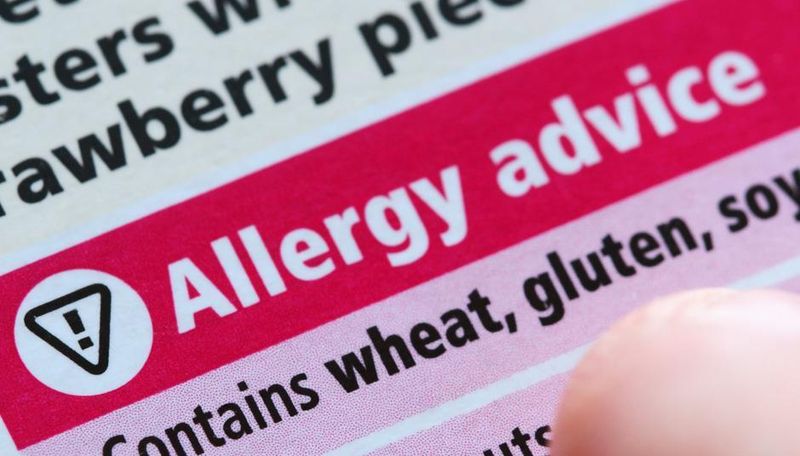
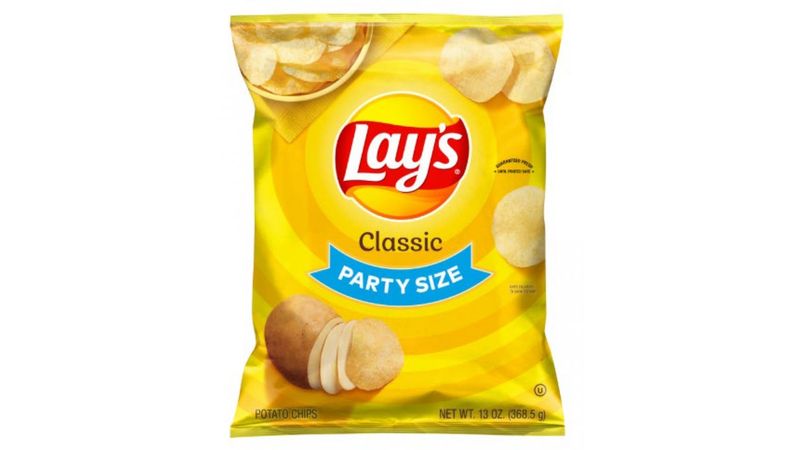


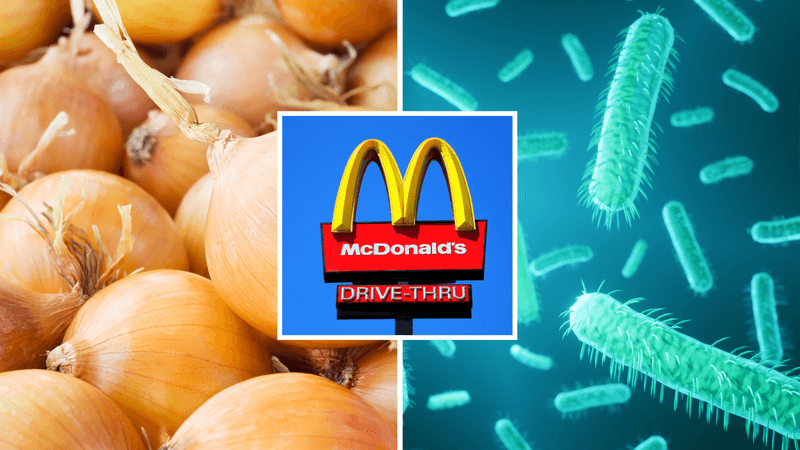
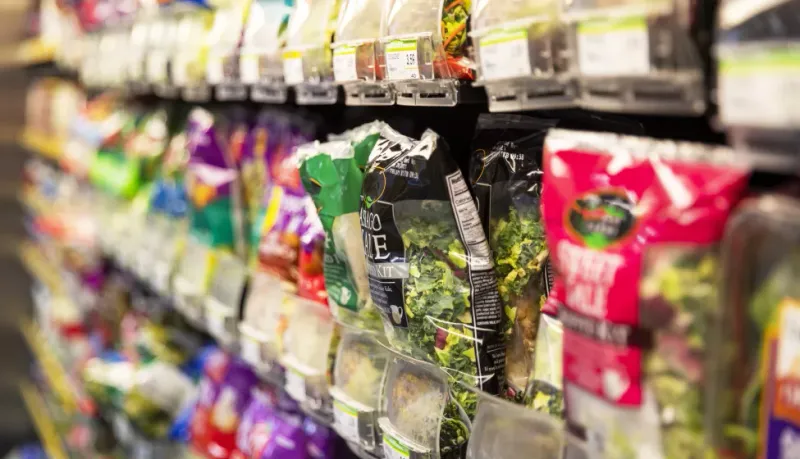

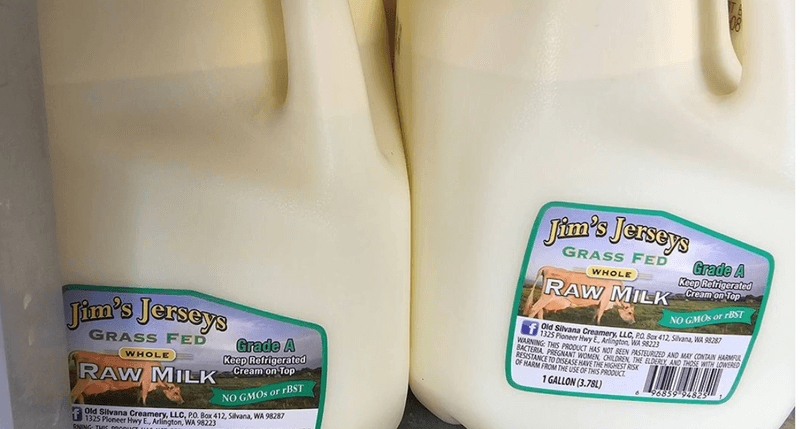

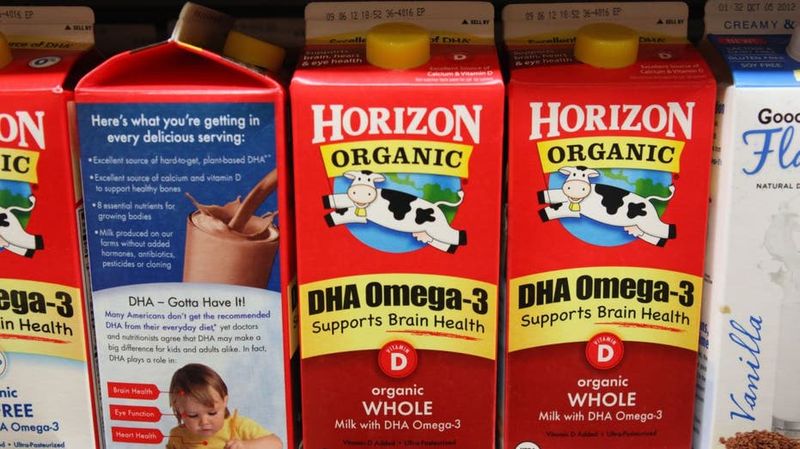

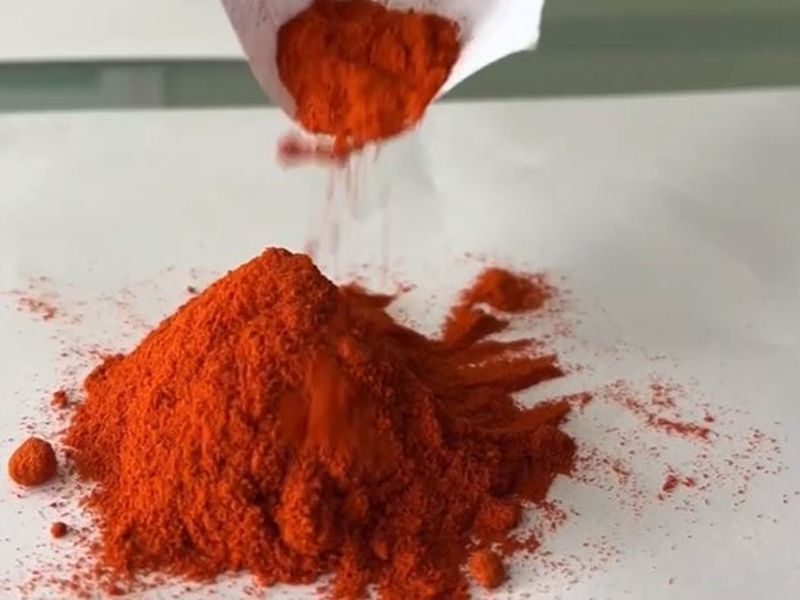
Leave a comment